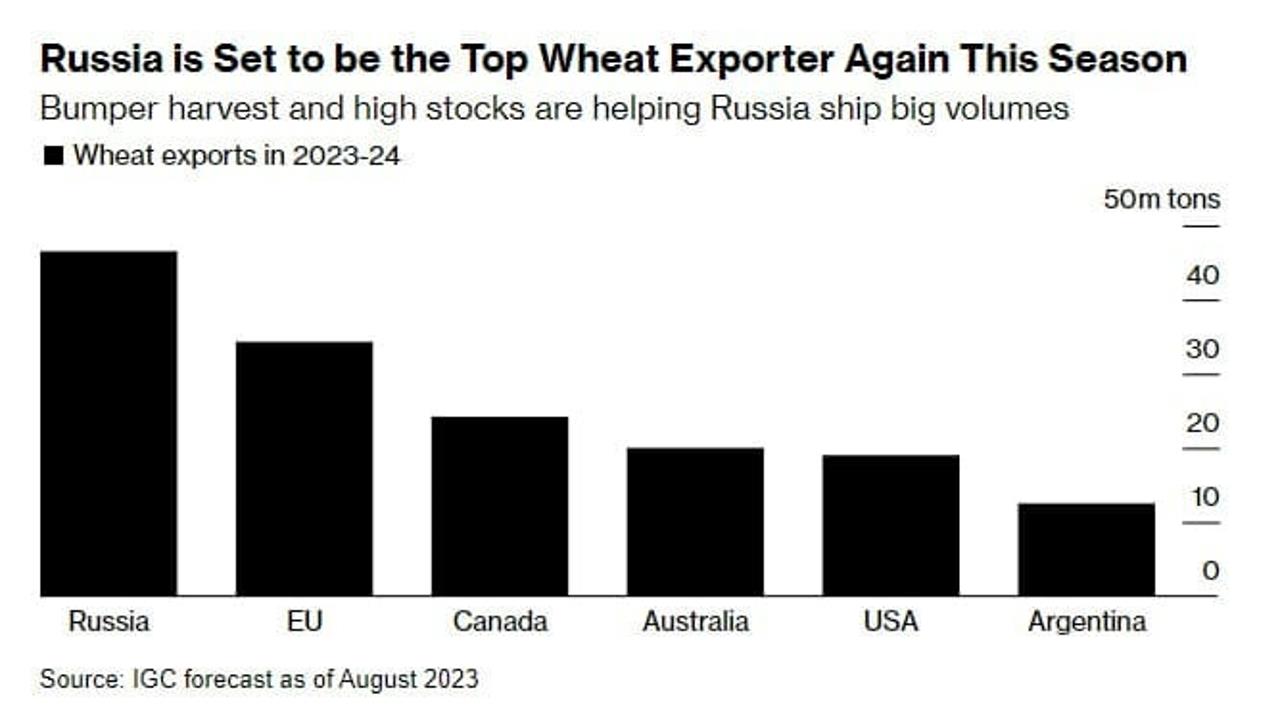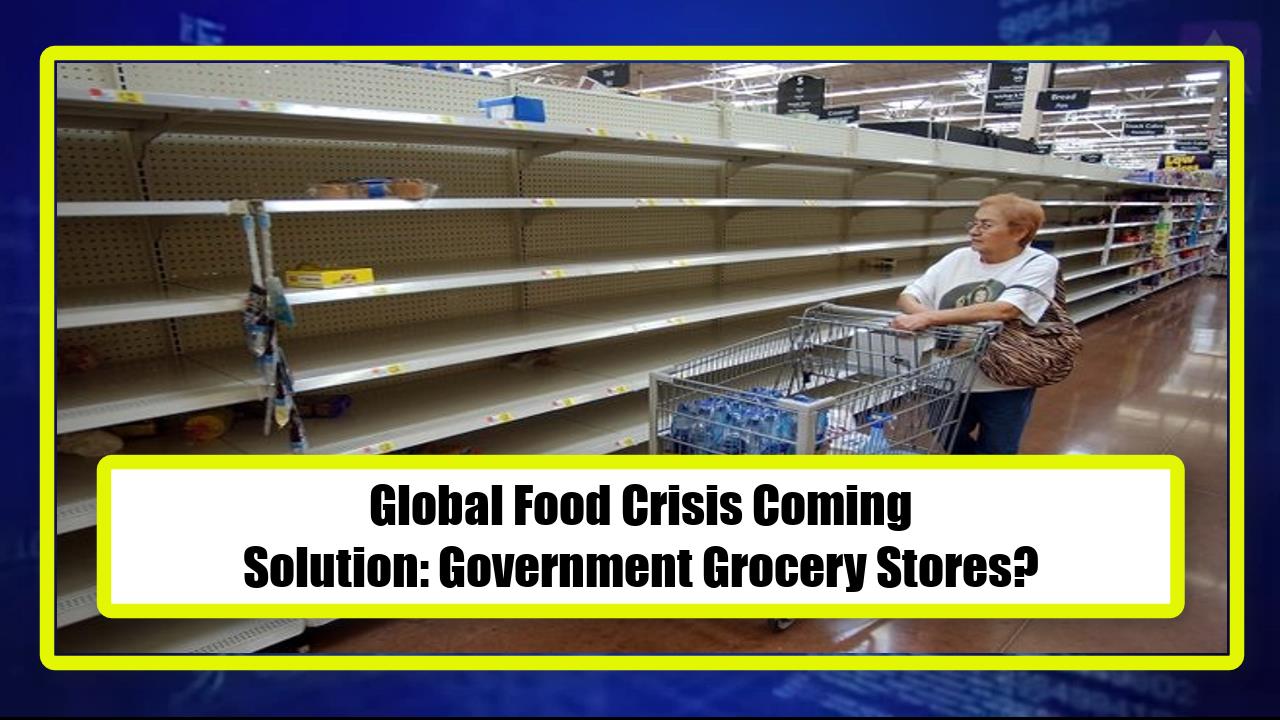Video:
Take our online poll:
AI Analysis:
Government price controls, such as price ceilings (maximum allowable prices) or price floors (minimum allowable prices), are often proposed as a means to address high food prices and make essential goods more affordable for consumers. However, the effectiveness and desirability of these controls are subjects of debate among economists and policymakers. Here are some arguments both in favor and against government price controls for battling high food prices:
Arguments in Favor of Government Price Controls:
1) Consumer Protection: Price controls can protect consumers from sudden and extreme price increases, especially for essential goods like food. This can help ensure that vulnerable populations can afford basic necessities.
2) Stability and Predictability: Price controls can provide stability and predictability in the cost of living, making it easier for households to budget and plan for their expenses.
3) Social Equity: Price controls can promote social equity by preventing price gouging and ensuring that low-income individuals and families can access essential goods at reasonable prices.
4) Short-Term Relief: During times of crisis, such as natural disasters or economic downturns, price controls can provide short-term relief by preventing opportunistic price increases.
Arguments Against Government Price Controls:
1) Market Distortion: Price controls can distort market forces, leading to inefficiencies in production and distribution. When prices are artificially held below market levels, it can discourage producers from supplying as much of the product, leading to shortages.
2) Quality and Supply Issues: Price controls can reduce the incentives for producers to maintain product quality and invest in the expansion of supply. This can result in lower overall product availability and quality.
3) Black Markets: When price controls create shortages, they can lead to the emergence of black markets, where goods are sold at higher, illegal prices. This can undermine the intended benefits of price controls.
4) Long-Term Consequences: While price controls may provide short-term relief, they can discourage investment in the production of essential goods in the long run. If producers can't earn a reasonable profit, they may exit the market or reduce production, leading to chronic shortages.
5) Administrative Challenges: Implementing and enforcing price controls can be administratively challenging and costly for governments. It requires monitoring and enforcement to prevent price violations.
6) Inefficient Resource Allocation: Price controls may lead to inefficient resource allocation as they do not reflect the true supply and demand conditions of the market. Resources may be misallocated, leading to waste and inefficiency.
In many cases, economists argue that other policy tools may be more effective and less distortionary than price controls for addressing high food prices. These tools can include income support programs for low-income individuals, investment in agricultural productivity and supply chain infrastructure, and measures to enhance competition in the marketplace. Additionally, addressing the root causes of high food prices, such as weather-related crop failures or international trade issues, may be more effective in the long term.
Ultimately, the decision to implement government price controls should be made carefully, taking into account the specific circumstances, potential consequences, and the broader economic and social goals of the government. It's also essential to strike a balance between short-term relief and long-term economic stability and growth.
Chart:

References:


Comments